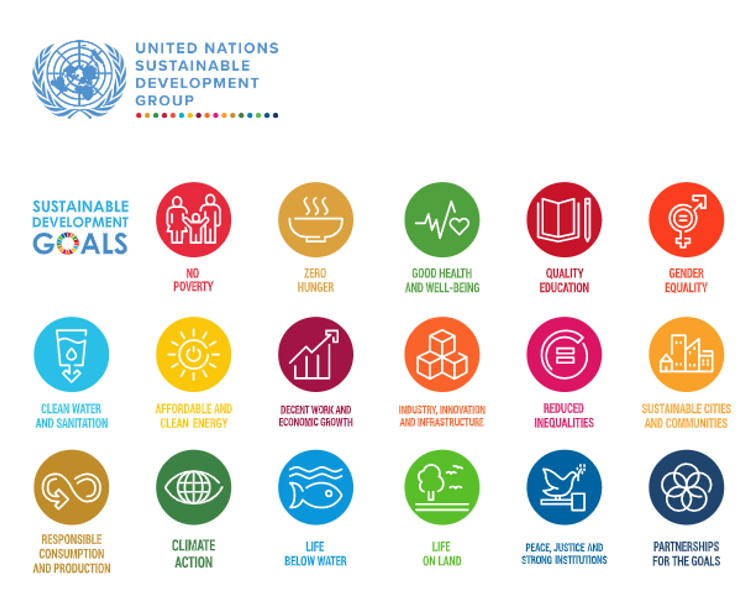The world and its people face many existential challenges, each more daunting than the last. From raising people out of poverty, delivering quality education and healthcare, to tackling climate change and protecting our natural world.
These issues seem overwhelming and too intricate seemingly for even the most well-informed investors to influence.
More than a financial return
Capitalism is a marvellous system for incentivising action toward a desired outcome. So far this has focused on maximising a financial return.
However, the definitions of prosperity and success are widening and it’s now possible to have a dual investment objective:- generating a positive environmental or social outcome, alongside a financial return.
This revised model is referred to as stakeholder capitalism and by changing the focus of this powerful incentive mechanism, we can hope to tackle some of those daunting issues.
What is ‘Impact Investing’?
Impact investing is defined as investments made with the intention to generate positive, measurable, social and environmental impact alongside a financial return.
It is concerned with the external products and services an organisation offers to the world.
How is it different from ESG (Environmental, Social & Governance)?
Put simply, ESG investing aims for the avoidance of harm, not the active pursuit of positive outcomes. These considerations focus on the internal sustainability of an organisation’s operations and these factors are often used to provide a more complete view of the risks an investment is exposed to.
Impact investing goes a step further as it looks to make a material positive impact.
Whilst ESG considerations continue to be present within impact investing, it is the further criteria outlined below, which allow investors to use their money to finance beneficial outcomes.
What defines an impact investment?
Impact investments display core fundamental attributes which distinguish them from other potential investments. These core tenets are:
- Intentionality
- Materiality
- Additionality
- Measurability
Intentionality is the observation that the company intends to create a positive outcome. It is not a happy by-product, but instead, the core aim of the organisation is to address a social or environmental issue as its purpose. Clues to this are found in a company’s mission statement, as well as more tangible research and development expenditure, towards the impactful product or service.
Materiality is closely linked with intent and aims to evaluate if the positive impact is material to a company’s business. The percentage of the company’s revenues that stem from the positively impactful product or service are key to understanding how material that impact is to the business. A growing revenue from the impactful activity can also reinforce both materiality and intent.
Additionality is evaluated by wider research and helps identify companies who are integral to providing a positive outcome. A common question to ask in understanding a company’s additionality: “Would the impact still be generated to the same scale and quality, if the company were to cease to exist?”
In other words, working backwards from a positive outcome, which organisation(s) would we find responsible for tackling that issue?
Measurability is crucial within this process so that investors can understand the extent of the positive impact their investments are making and what their capital is directly financing.
How does my investment specifically create a positive impact?
The above attributes can also apply to investor capital, notably here additionality is an important factor which investors can influence.
There are three main ways retail investors can influence this:
- Investing in bonds provides a loan which lands directly on the organisation’s balance sheet for their use. There are two categories of impactful bonds:
Tier 1 bonds provide funds to an impactful company to finance an impactful activity. Tier 1 bonds are more favourable as they offer a margin of safety for capital to be impactful.
Tier 2 bonds finance impactful projects to companies that aren’t necessarily impactful in and of themselves.
- Participating in primary equity issuance, also known as an ‘equity raise’, for an impactful company is a well-established method of directing capital straight into a company’s treasury.
- Purchasing shares in the secondary market is the most common form of equity investment found within impact funds. Secondary share trading will not result in increasing the company’s treasury, however, it does have the effect of lowering their cost of capital (or raising it if the trade is short), so that it’s easier (or harder) for the firm to access capital the next time they come to the market to do so.
Each method has varying degrees of capital additionality. In other words, the impact that your specific investment has made.
What impact might I hope to generate with my investment?
Investing for a positive outcome can take many forms; from providing microfinancing to entrepreneurs in Indonesia; to investing in companies developing products which look to tackle the issue of increasing desertification.
Sometimes the investment might be as simple as planting a tree.
Given the extraordinary scope of potentially positive investments, a number of frameworks have emerged and are developing to aid investors in thinking about the impact their investments can make.
A common practice is to measure a portfolio’s alignment with the United Nations Sustainable Development Goals, designed to be a blueprint to achieve a better and more sustainable future for all.

Source: THE 17 GOALS | Sustainable Development (un.org)
By focusing on furthering these goals and selecting investments based on the positive impact they are able to generate, we can hope to tackle some of those issues outlined in the beginning of this article and hopefully in time, they won’t look daunting at all.
This article is intended to provide informational material about impact investing and does not constitute advice.




